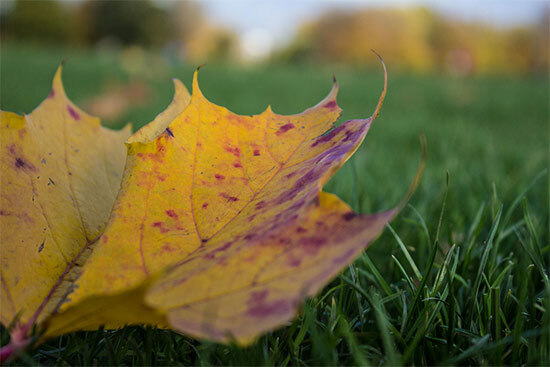Forests clean our air, save our lives
Scientists have placed an economic value on the effects trees have on air quality and human health.
The nation’s forests save more than 850 lives each year, according to a new report from the U.S. Forest Service.

Image courtesy craigcloutier/Flickr
In a study that will be published in the October issue of Environmental Pollution, scientists with the U.S. Forest Service have determined the magnitude and economic value of the effects trees have on air quality and human health. While we have long known that trees remove pollutants from the air, this study shows that in 2010, trees in the conterminous United States removed 17.4 million tons of pollution, with a human health value of $6.8 billion.
In addition to saving more than 850 lives, these trees reduced more than 670,000 incidences of acute respiratory symptoms and 430,000 incidences of asthma exacerbation. Trees also saved 200,000 lost days of school.

Image courtesy pavlinajane/Flickr
A forest’s pollution removal rates can be affected by pollution concentrations, tree cover, weather conditions, length of growing season and other environmental stressors. In general, scientists found that while trees’ pollution removal was greater in rural areas, the economic value of this pollution removal was greater in urban areas. In other words, because of their proximity to people, trees in urban areas have a greater impact on human health.
“More than 80 percent of Americans live in urban areas containing over 100 million acres of trees and forests,” said Michael T. Rains, director of the Forest Service’s Northern Research Station in a media release. “This research clearly illustrates that America’s urban forests are critical capital investments [that are] helping produce clean air and water [and] reduce energy costs and making cities more livable. Simply put, our urban forests improve people’s lives.”
The Chesapeake Bay Program has set a goal to expand urban tree canopy by 2,400 acres by 2025. Indeed, trees can improve air quality, water quality and habitat in ways not discussed in this study. Trees near buildings, for instance, lower energy use. Trees along rivers and streams reduce the amount of nutrients entering local waterways. And trees provide food, shelter, nesting sites and safe migration paths for critters in the water and on land.
“Urban tree planting is part of the Watershed Improvement Plan for six Bay jurisdictions,” said U.S. Forest Service Chesapeake Liaison Sally Claggett. “To reach water quality goals, these jurisdictions are targeting nearly 20,000 acres of new tree canopy by 2025—so the goal of 2,400 acres may be reached early. Partners are planning an Urban Forestry Summit in fall 2014 to help make that happen.”

Comments
There are no comments.
Thank you!
Your comment has been received. Before it can be published, the comment will be reviewed by our team to ensure it adheres with our rules of engagement.
Back to recent stories